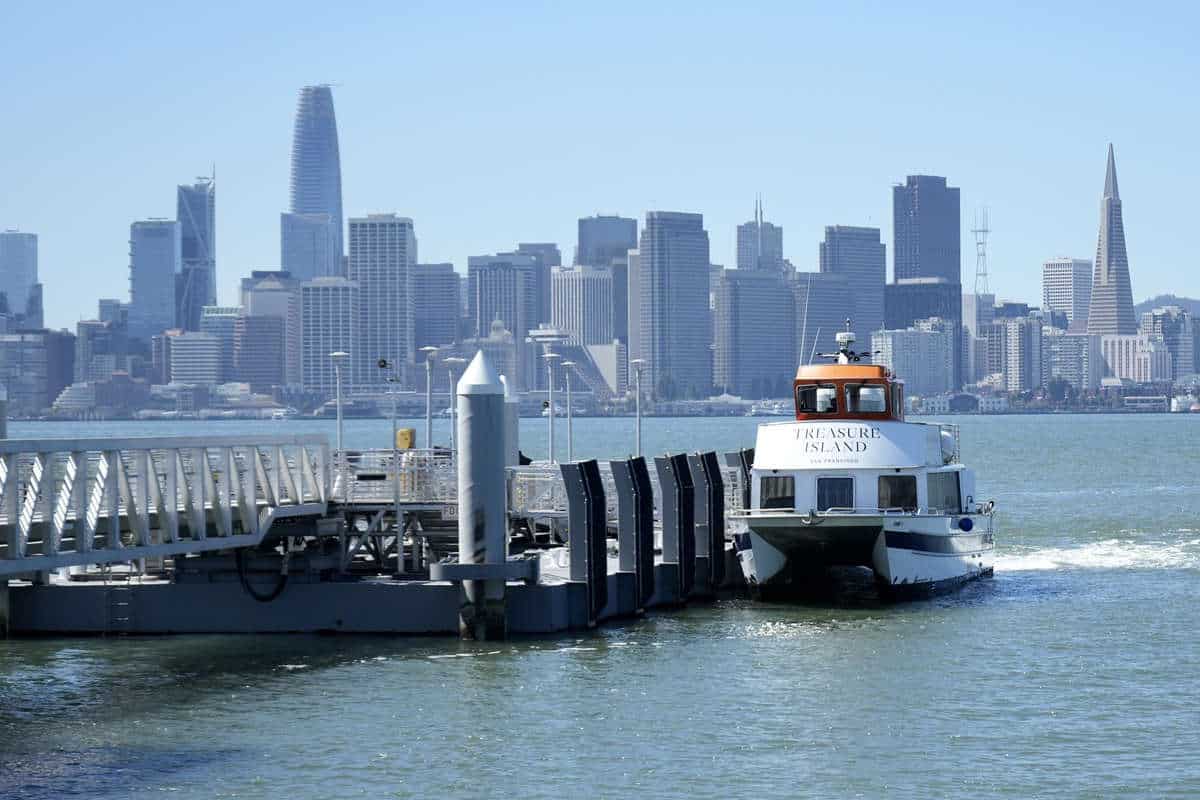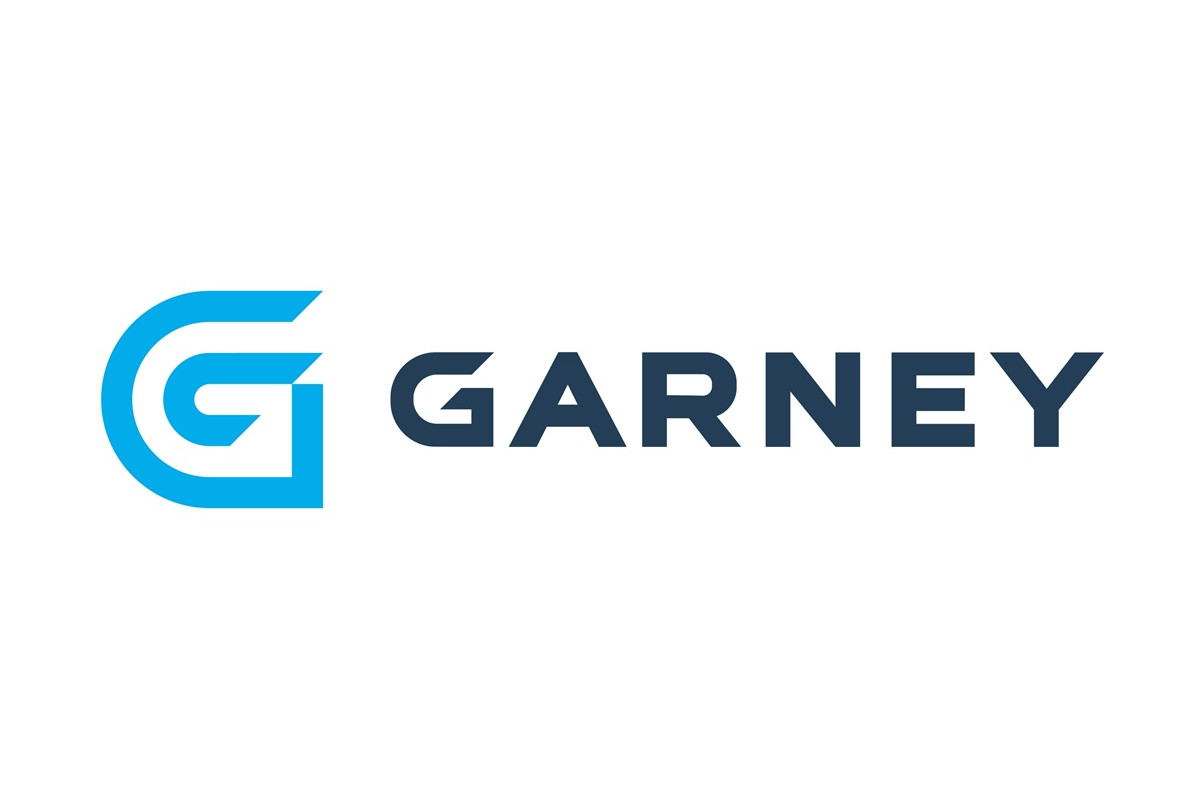How Can Telematics Improve Equipment Rentals?
 By Emily Newton
By Emily Newton
Telematics systems have long been a valuable asset in fields like vehicle fleet management and construction. However, for the most part, their application has been limited to car or equipment fleets directly owned by end-users rather than rentals.
As businesses across the economy begin to digitize records and systems, many equipment providers are rethinking how they use technology. Telematics systems are starting to become more important to rental equipment providers and adding value to rental agreements. This can lead to longer-term contracts and a more lucrative business deal.
In practice, these systems can offer significant benefits for equipment providers and end-users — like operational monitoring, theft deterrence and maintenance optimization.
Key Advantages of Telematics for Construction Equipment Providers
The particular implementation of a telematics system will depend on the requirements of an equipment provider and the perceived needs of the market it serves. The asset that will be tracked should also be considered.
Vehicle telematics systems are often complex. They typically require a significant capital and technological investment but can provide end-users with critical data. It’s vital to track the real-time location of fleet vehicles, advanced information on their health from onboard diagnostic systems and data on driver behavior.
Smaller tools may be tracked with more economical telematics solutions. Embedded RFID tags enable renters and providers to track devices in bulk, ensuring the correct number is assigned to contracts or returned when the construction equipment rental period is over.
These tools provide added value for equipment providers and renters. Depending on the particular telematics solution, renters may be able to use the system to track assets, monitor performance and even enforce internal guidelines like no-idling policies.
Renters may be able to take advantage of equipment-tracking features during the contract period. For example, a utility company may use RFID-powered telematics to keep track of small tools and ensure individual employees are outfitted with the correct equipment. Before employees leave fleet headquarters to go out into the field, an RFID scanner can quickly take inventory of the equipment they have on hand.
The tracking system can also make it easier to recover lost or missing equipment. GPS trackers can provide continuous updates on an asset’s location.
An RFID-based system enables renters or providers to scan an area with an RFID reader, helping to pinpoint any tracked assets in that area. These systems can reduce equipment loss and help renters ensure they return all equipment at the end of the contract period.
Preventing Equipment Rental Theft With Telematics Software
Telematics systems can also be extremely valuable for renters who have struggled to secure equipment against theft.
Thieves often target industrial equipment due to the high resale value of certain machinery. According to the National Equipment Register data, people can earn on average around $29,000 for every item they steal.
Newer equipment is often at greater risk due to its higher value — the year of manufacture corresponds directly to how frequently equipment is stolen.
Only around 21% of stolen equipment is ever recovered. Technology that helps to prevent theft can significantly reduce the damage this causes both renters and providers.
Along with other equipment theft-prevention strategies — like lighting, visible security cameras and motion sensors — GPS tracking with telematics is one of the best methods for preventing the theft of rented equipment. GPS and RFID tracking systems can also be used to help locate stolen equipment. The same techniques can also help prevent the loss of equipment out in the field.
Theft tends to be worse in rural areas. Therefore, equipment providers located outside of major cities may especially benefit from the adoption of location-tracking telematics systems.
Maintenance Optimization
Effective maintenance is essential for businesses that want to maximize the lifespan of purchase equipment.
This is one advantage of rented equipment for end-users. Typically, renting equipment also means outsourcing maintenance at the same time, limiting the different equipment considerations they will need to keep track of.
Preventive maintenance can sometimes be difficult for equipment providers, however. These machines are usually unavailable to the provider, which may reduce the frequency of regular inspections and standard maintenance like oil changes, belt replacements or new cutting inserts.
End-users who lack experience with a particular type or brand of equipment can also create trouble. They may not recognize problems or symptoms in equipment caused by normal wear and tear — meaning they could go undetected until after the end of a renter’s contract period.
At this point, the initial damage may have caused other problems, requiring more extensive and costly equipment repairs.
With telematics, equipment providers can act to prevent damage the instant a problem becomes apparent. The provider can contact the renter once information from telematic sensors or onboard diagnostic systems signals that a machine is behaving unusually. They can then arrange for quick maintenance and provide a replacement if necessary.
Real-time information on machine performance and health means that even if renters don’t recognize a problem, equipment providers can still take action to extend equipment lifespan.
It also means the machine’s owner can provide diagnostic assistance to renters in the event of equipment malfunction or failure out in the field. This could reduce downtime and the need for a maintenance inspection.
For example, a provider’s representative could remotely tell a renter what codes the onboard diagnostic system is reporting. This gives them an idea of how serious the problem is while also letting the provider know what kind of maintenance equipment will be needed.
The Benefits of Telematics in the Equipment Rental Industry
The benefits of telematics for equipment providers are becoming more clear as the rental industry begins to fully adopt the technology. The power of remote operational monitoring enables a wide range of processes — like driver behavior monitoring and optimized preventive maintenance. This can extend the life of construction equipment rentals and also business relationships.
Rental equipment providers that adopt telematics systems will be able to benefit themselves and offer additional value to end-users.
 Emily Newton is a construction and industrial journalist. She is also the Editor-in-Chief for Revolutionized Magazine. Keep up with Emily by following her by subscribing to Revolutionized’s Newsletter.
Tags: Telematics
Emily Newton is a construction and industrial journalist. She is also the Editor-in-Chief for Revolutionized Magazine. Keep up with Emily by following her by subscribing to Revolutionized’s Newsletter.
Tags: Telematics




